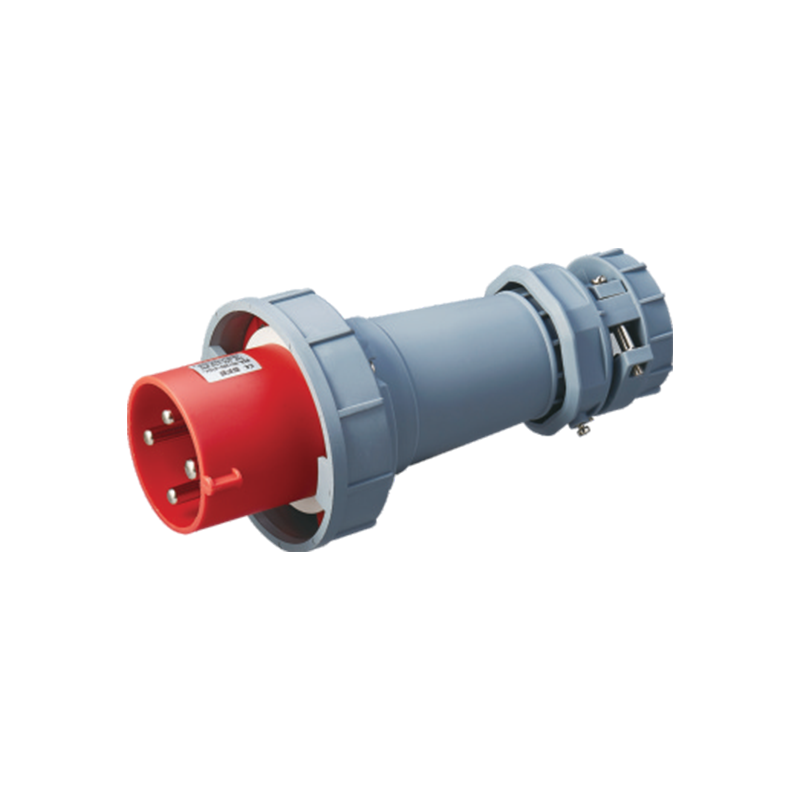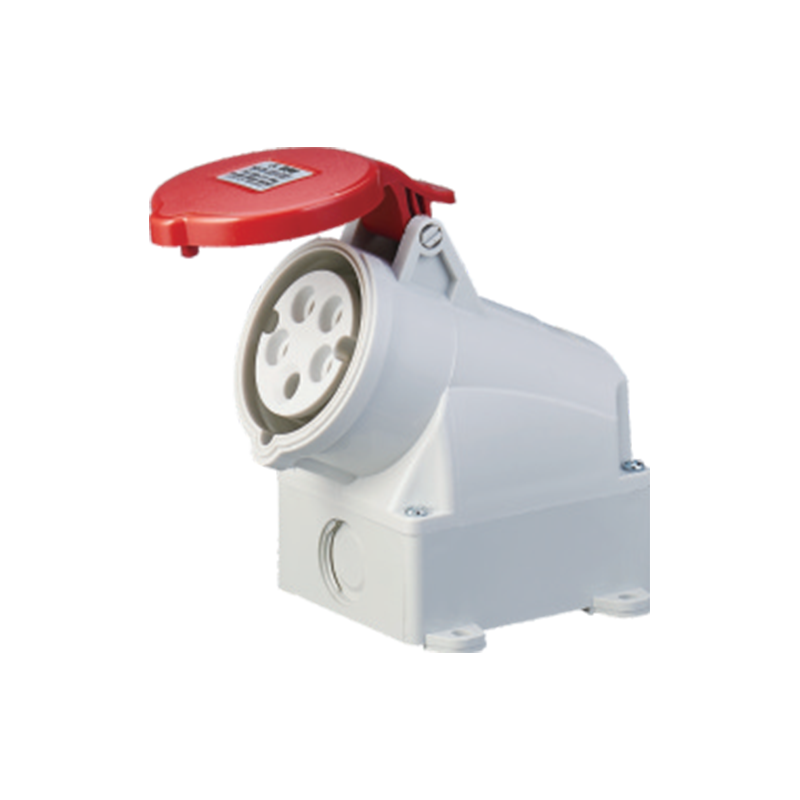Address: No. 199, Weiwu Road, Yueqing Economic Development Zone, Zhejiang Province, China.
As technology continues to evolve, so does the way we interact with power sources. The introduction of wireless power sockets marks a significant advancement in plug technology, offering a range of benefits that address modern energy needs. This innovative solution is not only convenient but also enhances safety and efficiency in various applications, from homes to industrial settings.
One of the more notable features of wireless power sockets is their ability to eliminate the need for traditional wired connections. This transition to wireless technology simplifies the process of connecting devices to power sources, enabling users to easily power their equipment without the hassle of cords. By incorporating wireless power technology into industrial plug and socket distribution boxes, manufacturers can create streamlined power solutions that cater to the growing demand for flexibility in energy consumption.
The development of power distribution sockets that support wireless connectivity represents a shift towards a more adaptable electrical infrastructure. In an industrial context, these sockets can be integrated into distribution boxes, allowing for a more efficient allocation of power to multiple devices. This capability is particularly beneficial in environments where equipment is frequently moved or rearranged, such as construction sites or manufacturing facilities. With wireless technology, workers can simply place their devices within range of the distribution box, eliminating the need for cumbersome cables.
Safety is a critical consideration in any electrical application. Traditional plug and socket systems, while reliable, can pose risks such as tripping hazards and wear over time. Wireless power sockets help mitigate these risks by reducing the number of visible cords and connections. This clean design not only enhances workplace safety but also less the potential for electrical accidents. In sectors where safety is paramount, such as in heavy machinery operations, the adoption of wireless power solutions can significantly improve overall working conditions.
Moreover, the versatility of wireless power sockets extends beyond convenience and safety. They enable greater energy management by allowing users to monitor and control their power usage more effectively. Many wireless power systems come equipped with smart features that provide real-time data on energy consumption, helping businesses optimize their operations and reduce costs. For example, facilities can track which devices consume the more power and adjust their usage accordingly, promoting sustainability and responsible energy practices.
In residential settings, wireless power sockets offer similar advantages. Homeowners can enjoy the flexibility of placing devices wherever they are needed without worrying about finding an outlet. This capability is particularly useful for powering smart home devices, which often require multiple connections. With the integration of power distribution sockets into home design, residents can create a seamless energy network that supports their lifestyle while less cluttered.
The shift towards wireless technology also aligns with broader trends in energy consumption. As more devices become interconnected through the Internet of Things (IoT), the demand for flexible and efficient power solutions will only increase. Wireless power sockets can support this transition by providing an adaptable infrastructure that accommodates the diverse needs of modern technology.
The potential applications for wireless power sockets are vast. In commercial environments, these sockets can enhance the functionality of workspaces, allowing for quick and easy access to power without the limitations of traditional systems. Retailers, for example, can utilize wireless sockets to power displays and devices without the restrictions of fixed electrical outlets. This flexibility can advance to more dynamic store layouts and improved customer experiences.
Furthermore, as industries move towards automation and smart technologies, the integration of wireless power solutions will become increasingly critical. Factories and warehouses can implement wireless systems to ensure that robotic systems and automated equipment have consistent access to power without the need for complex wiring setups. This advancement could significantly streamline operations and reduce installation costs.
In conclusion, the advent of wireless power sockets represents a transformative moment in plug technology. By integrating these systems into industrial plug and socket distribution boxes and power distribution sockets, manufacturers can create more flexible, safe, and efficient power solutions. As the demand for connectivity and adaptability continues to rise, embracing wireless technology will be essential for both residential and industrial applications. The future of energy consumption is undoubtedly moving towards a more liberated approach, where convenience and efficiency go hand in hand.







